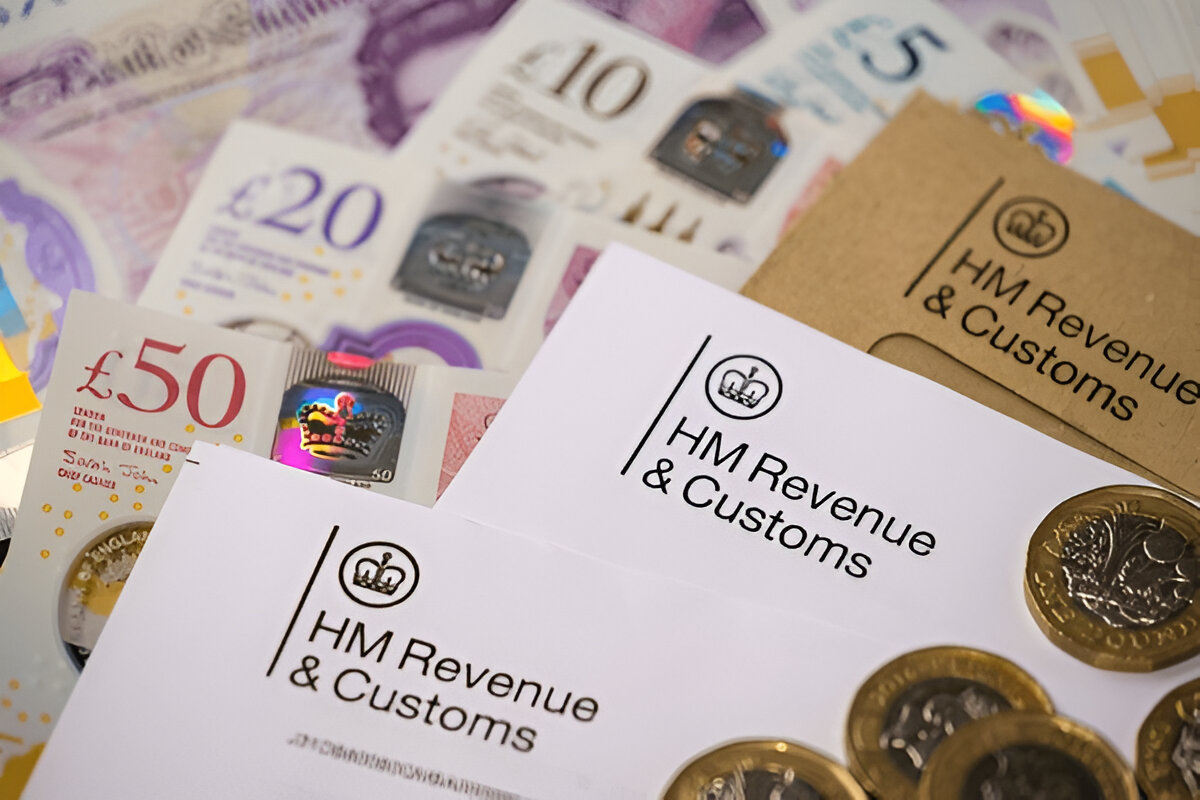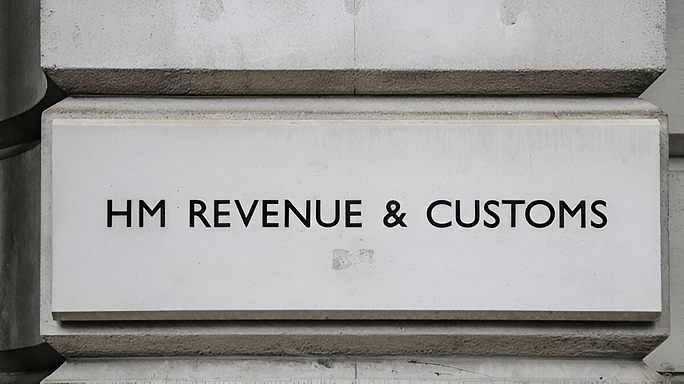
How to Sell a Limited Company
Selling a limited company is a major business decision that comes with various legal, financial, and tax implications. Whether you’re selling for retirement, moving on to new ventures, or simply cashing in on your hard work, understanding the process and how to minimize your tax liabilities is essential.
In this guide, we’ll cover everything you need to know about selling a limited company, including the tax implications, the steps involved, and how working with professionals like CANGAF Accountants can make the process smoother.
Understanding the Types of Sale
When selling a limited company, there are two primary types of sale:
- Share Sale: The buyer purchases the shares of the company, effectively taking control of the entire business. In this case, the company’s ownership changes, but the company itself remains intact.
- Asset Sale: Instead of selling shares, you sell specific assets of the company, such as equipment, property, intellectual property, or client contracts. The limited company remains under your control, but its assets are sold off.
Each type of sale has different tax implications for both the buyer and the seller, so it’s important to understand which option is best for your situation.
Tax Implications of Selling a Limited Company
One of the most critical aspects of selling a limited company is understanding the tax implications. The type of sale (share or asset) will affect your tax liabilities, and in the UK, various taxes may apply, including Capital Gains Tax (CGT), Business Asset Disposal Relief, and Stamp Duty.
1. Capital Gains Tax (CGT)
If you sell your company for more than you originally invested in it, the profit you make will likely be subject to Capital Gains Tax (CGT). CGT is charged on the gain or profit from the sale of shares in the company.
- CGT Rate: For the 2024/25 tax year, CGT rates for individuals are 10% (for basic-rate taxpayers) and 20% (for higher or additional-rate taxpayers).
- Allowances: You are entitled to a CGT annual exemption, which allows a certain amount of gain to be tax-free. For the 2024/25 tax year, this allowance is £6,000.

2. Business Asset Disposal Relief (formerly Entrepreneurs’ Relief)
If you qualify for Business Asset Disposal Relief (formerly known as Entrepreneurs’ Relief), you may be able to reduce your CGT rate to 10% on the first £1 million of lifetime gains. This is available for individuals who have held at least 5% of the company’s shares for two years and have been an employee or director.
- Conditions: To qualify, you must have owned the shares for at least two years and be a director or employee at the time of sale.
3. Stamp Duty
If you sell shares, the buyer is responsible for paying Stamp Duty at a rate of 0.5% on the transaction if the value exceeds £1,000. However, this doesn’t affect your personal tax liability but is something to consider when negotiating the sale price with the buyer.
Key Steps to Selling a Limited Company
Selling a limited company involves a series of steps to ensure that the sale is legal, profitable, and tax-efficient. Here’s a step-by-step guide to the process.
1. Prepare for the Sale
Before you can sell your business, you need to prepare it for sale. This involves:
- Valuation: Get an accurate valuation of your business to determine its market value. This can be done by analyzing assets, income, goodwill, and the overall market.
- Financial Statements: Ensure that your financial records are in good shape. Buyers will scrutinize your financial history, including profits, losses, and any outstanding debts.
- Legal Review: Review your company’s legal structure, contracts, and liabilities to make sure everything is in order before the sale.
2. Find a Buyer
You can either sell the business privately or hire a broker to find potential buyers. Potential buyers may include competitors, investors, or employees. It’s important to vet buyers thoroughly to ensure they have the financial resources to complete the purchase.
- How many years can HMRC go back for self-assessment?
- How does HMRC know I have rental income?
- What do you do if you are new to completing self-assessment tax returns?
- Do HMRC check self-assessment returns?
- Making Tax Digital For Income Tax
3. Negotiate the Sale
Once you’ve found a potential buyer, negotiations begin. This includes agreeing on the price, terms, and whether it will be a share sale or asset sale.
Key points to consider during negotiation:
- Price and Payment Terms: Will you receive the full amount upfront or in instalments?
- Non-Compete Clauses: Many buyers will want you to agree not to start a competing business within a certain timeframe after the sale.
- Liability and Warranties: Make sure you understand the warranties you’re providing to the buyer about the company’s condition, as these can impact you legally.
4. Due Diligence

The buyer will typically perform due diligence to ensure that the company’s financial and legal standing is as represented. This may involve reviewing tax returns, employee contracts, intellectual property, and any ongoing lawsuits or liabilities.
5. Legal Documentation
Once the sale has been agreed upon, legal documents need to be drafted, including:
- Share Purchase Agreement (SPA): If it’s a share sale, this document will detail the terms of the share transfer.
- Asset Purchase Agreement (APA): For an asset sale, this outlines the specific assets being sold and the terms of the transfer.
6. Tax Planning
Before completing the sale, consult with a tax professional like CANGAF Accountants to ensure that the sale is as tax-efficient as possible. This could involve utilizing Business Asset Disposal Relief or other tax planning strategies to minimize your CGT liability.
7. Completion of Sale
Once all legal documents are signed, the sale is completed, and the ownership is transferred. Make sure that all post-sale matters are taken care of, including informing HMRC of the sale and paying any tax liabilities.
8. Post-Sale Considerations
After the sale is completed, you’ll need to manage the post-sale tax implications. This includes:
- Paying CGT: You’ll need to report the sale on your personal tax return and pay any applicable CGT.
- VAT Deregistration: If you’re selling a VAT-registered business, you’ll need to inform HMRC to deregister for VAT.
- Pension Contributions: If you have a pension scheme set up through your company, you may need to transfer or close the scheme.

How CANGAF Accountants Can Help
Selling a limited company can be a complex process, especially when it comes to tax implications. At CANGAF Accountants, we specialize in helping business owners navigate the sale process, ensuring that they get the best deal while minimizing their tax liabilities. Our expert team can assist with:
- Valuation: Providing an accurate and fair valuation of your company.
- Tax Planning: Maximizing tax efficiency through reliefs and allowances.
- Legal Assistance: Working with legal professionals to ensure the sale is compliant with all legal requirements.
Contact CANGAF Accountants
If you’re considering selling your limited company, get in touch with CANGAF Accountants to ensure the process is handled smoothly and efficiently. We’ll provide personalized advice tailored to your situation, helping you minimize your tax liabilities and maximize your returns.
- Address: 235 Tonge Moor Road, Bolton BL2 2HR
- Email: info@cangafltd.com
- Phone: 01204 859315
Conclusion
Selling a limited company is a significant decision that requires careful planning and expert advice. From understanding the tax implications to navigating the legal requirements, each step of the process must be managed carefully to ensure a successful sale. With the right guidance from professionals like CANGAF Accountants, you can ensure a smooth transition and maximize the financial benefits of your sale.


